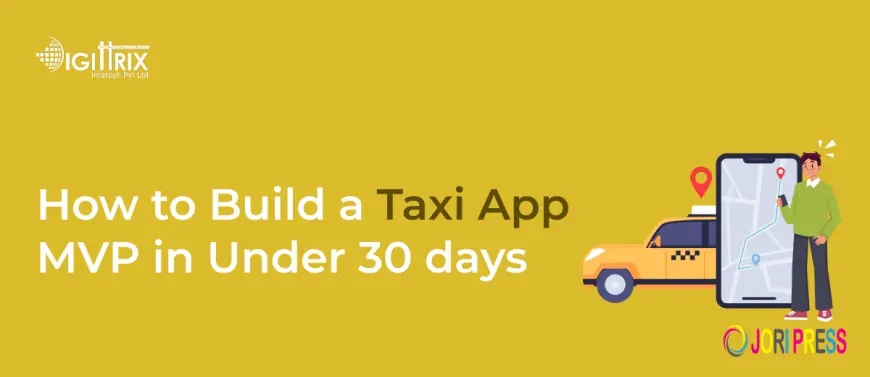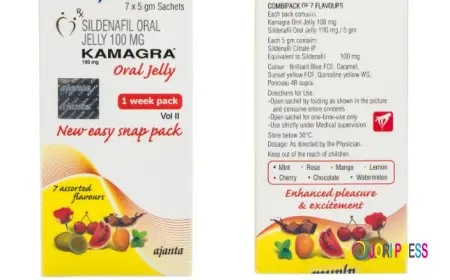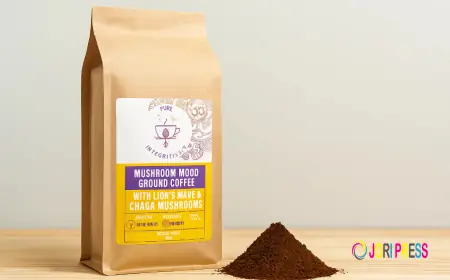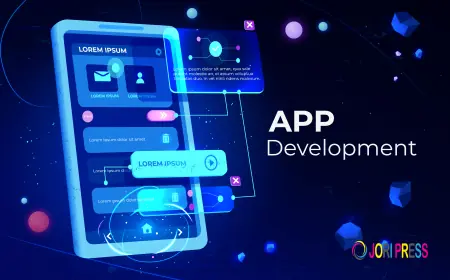Rapid Taxi MVP Development: Launching in 30 Days
This approach provides a head start in gathering insights, refining features, and scaling toward long-term success in the fast-paced ride-hailing industry.

Introduction
Speed to market often determines success in the mobility sector. Startups that can release a Minimum Viable Product (MVP) within a month gain a competitive edge by testing their concept with real users and refining based on feedback. A well-executed MVP balances critical ride-hailing features with efficient development practices, making it possible to create a working taxi app in just 30 days.
Focusing on User Experience with Taxi Booking App Development
The first step in any successful MVP is robust taxi booking app development. Passengers expect effortless ride requests, accurate pricing, and reliable vehicle tracking. Drivers, on the other hand, need instant trip notifications, navigation support, and fair compensation models. Building a booking system that functions smoothly for both sides ensures the app gains traction quickly and establishes trust during the early launch phase.
Structuring the 30-Day Roadmap
Breaking the month into clear weekly milestones helps maintain focus and efficiency. A streamlined roadmap might look like this:
- Week 1: Research, competitor study, and initial wireframes
- Week 2: Backend setup for user management, payments, and trip allocation
- Week 3: Integration of GPS, push notifications, and essential APIs
- Week 4: Testing, debugging, and app store submission
By sticking to this schedule, startups can deliver a product that is not only quick to build but also reliable in real-world use.
Scaling with Strong Taxi App Development Practices
While an MVP is lean, adopting scalable taxi app development strategies ensures it can evolve into a full-fledged product. Frameworks such as React Native and Flutter reduce development time by supporting multiple platforms at once. Cloud hosting keeps the app responsive under high demand, while modular coding makes it easier to add new features later. These technical choices prepare the MVP for long-term growth without disrupting its foundation.
Critical Features for a Functional Taxi MVP
- One-tap booking and cancellation options
- GPS-powered real-time ride tracking
- Transparent fare calculation and upfront display
- Multiple secure payment methods
- Push notifications for trip progress
- Trip history with invoices and receipts
- Ratings and reviews for drivers and passengers
- In-app support for quick resolutions
These features cover the essential needs of both passengers and drivers, ensuring the MVP meets market expectations while keeping development lean.
Borrowing Proven Strategies from On-Demand App Development
Insights from on-demand app development make the taxi MVP journey more efficient. Like food delivery or courier platforms, the ride-hailing model revolves around request, accept, track, and complete. Using these tested workflows allows developers to accelerate progress while giving users a familiar experience. Additionally, adopting on-demand best practices creates opportunities for future diversification, where the same platform could support multiple services beyond taxi rides.
Final Words
Launching a taxi MVP in 30 days is an ambitious yet achievable goal. By emphasizing a smooth booking system, following a strict roadmap, and applying proven on-demand strategies, startups can quickly enter the market with a product that users trust. This approach provides a head start in gathering insights, refining features, and scaling toward long-term success in the fast-paced ride-hailing industry.
What's Your Reaction?
 Like
0
Like
0
 Dislike
0
Dislike
0
 Love
0
Love
0
 Funny
0
Funny
0
 Angry
0
Angry
0
 Sad
0
Sad
0
 Wow
0
Wow
0
























































